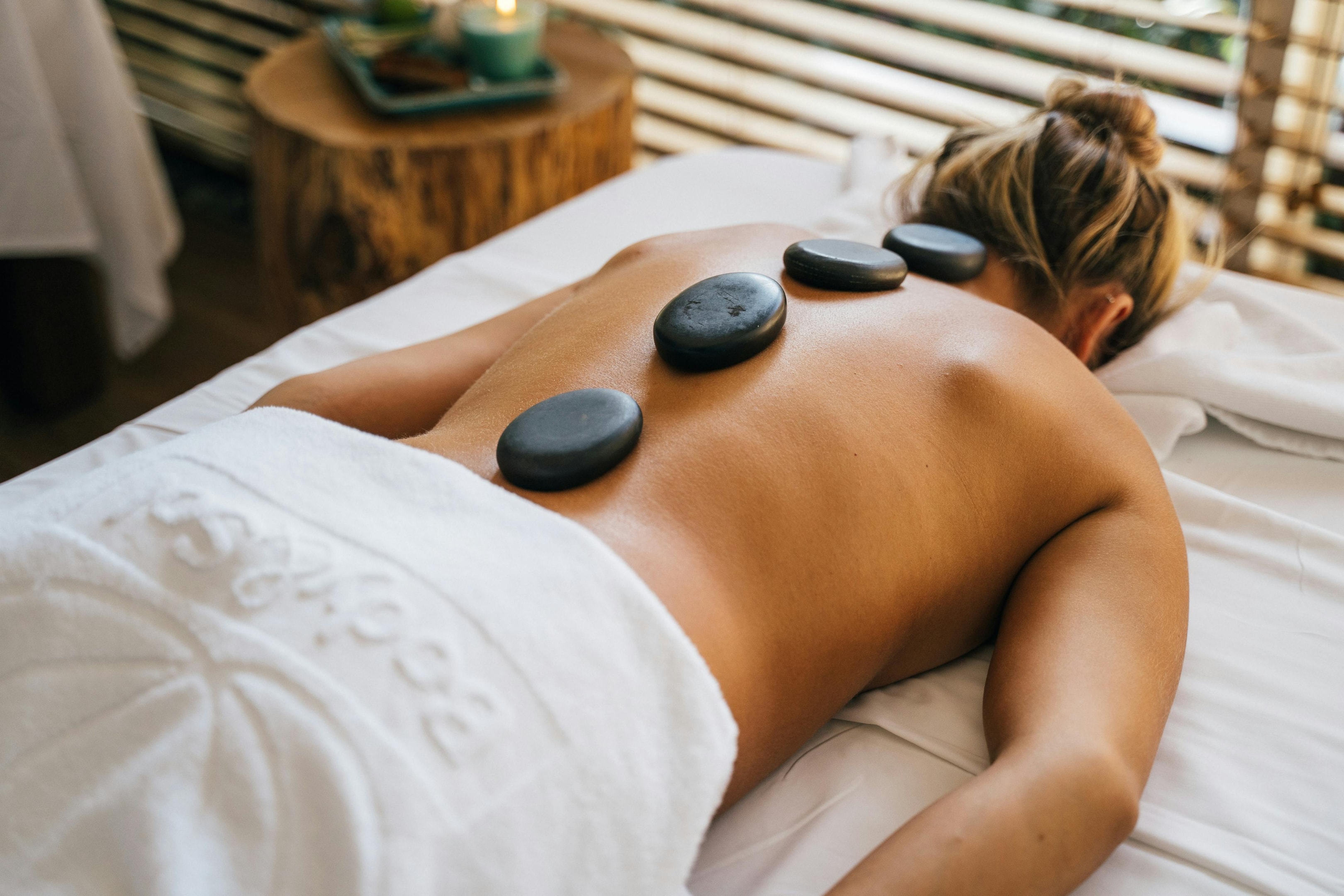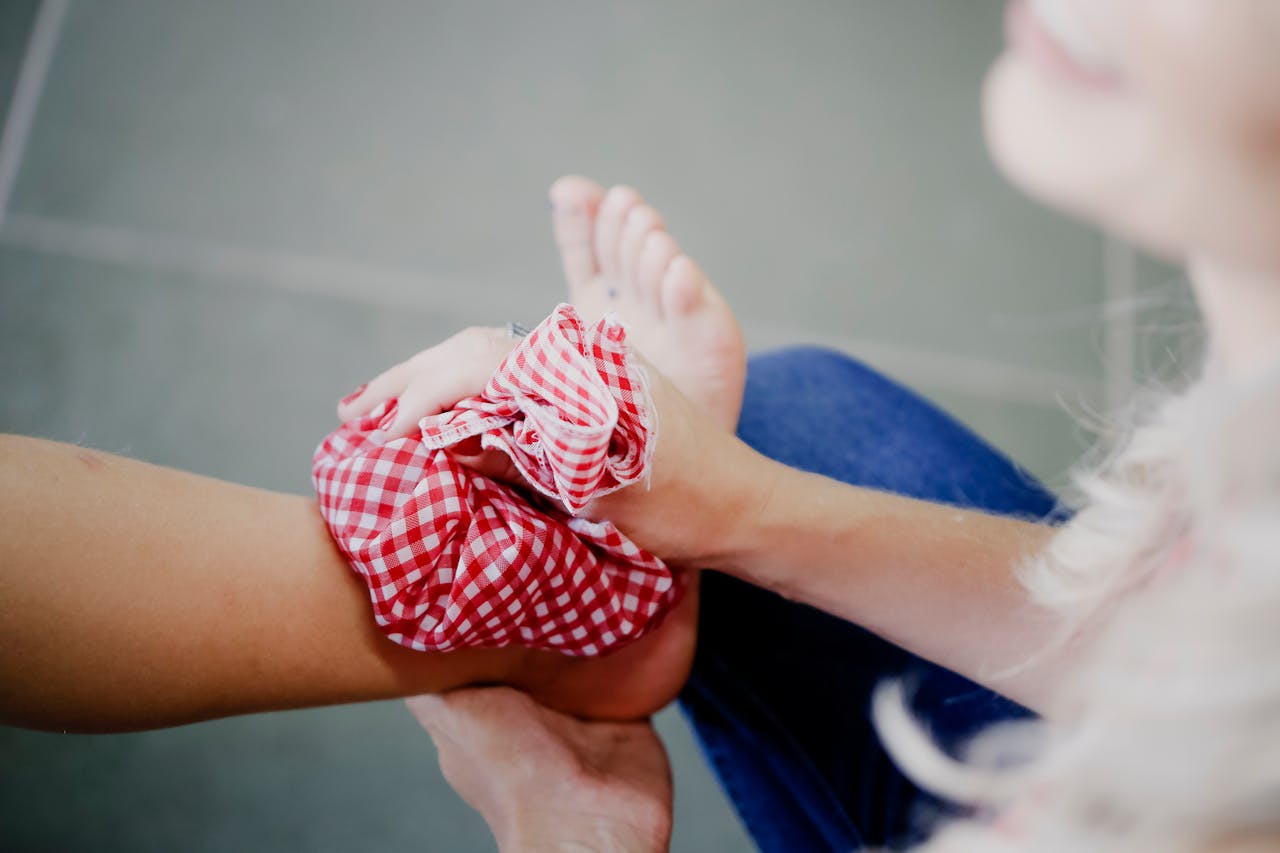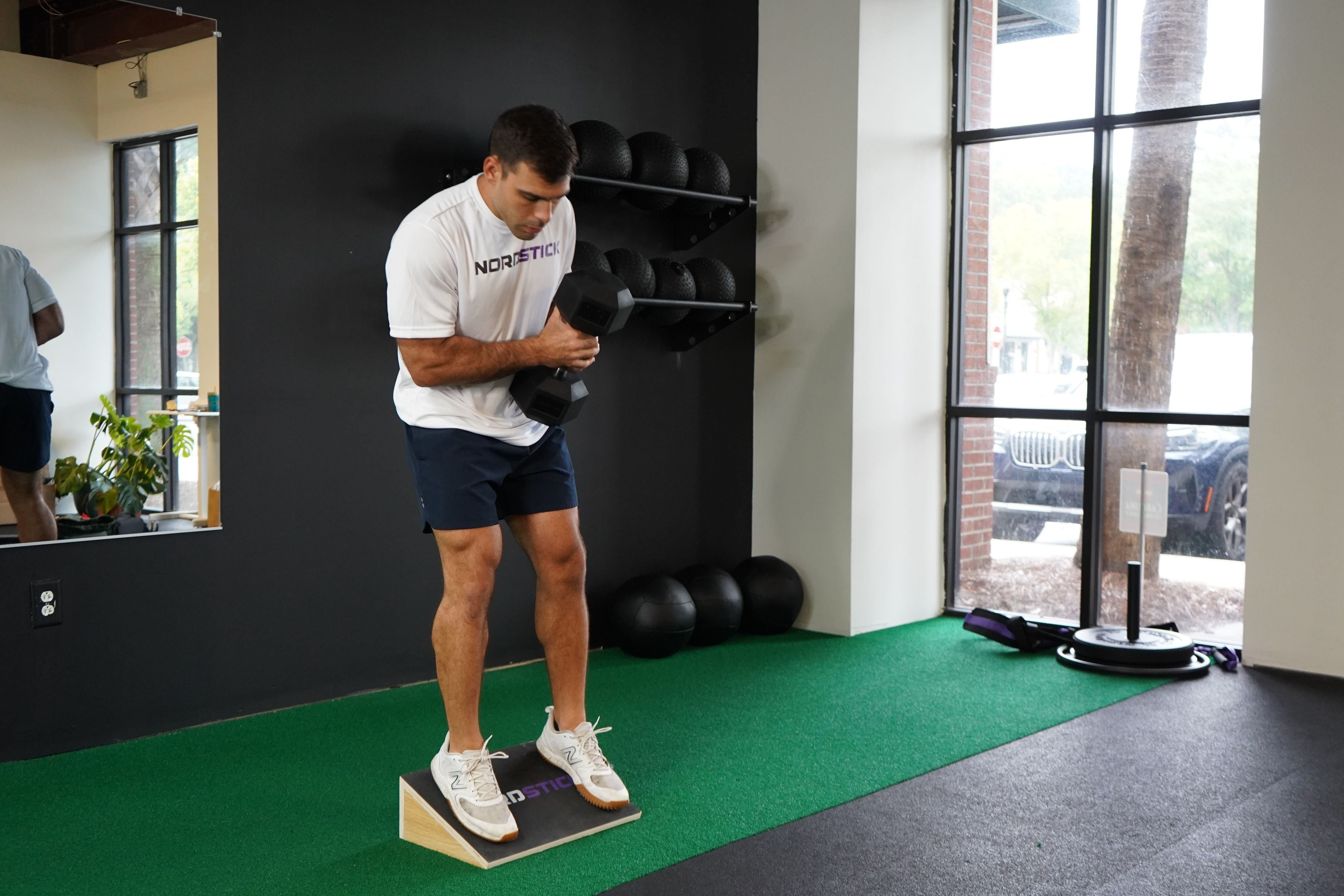As a sports physical therapist, one of the most common questions I get is, Should I ice? Should I heat? Should I do neither? If you’ve ever been sore or felt a muscle injury, you’ve probably wondered the same. This blog will break down the latest insights and help you understand your best options for managing muscle soreness and injuries.
Key Takeaways
- Ice reduces swelling: Apply ice to new injuries to minimize inflammation and numb the area, making it effective for treating sprains, strains, and bruising.
- Heat promotes muscle relaxation: Use heat therapy to relax tight muscles and improve circulation, which can aid in the recovery process after the inflammation has subsided.
- Appropriate timing is essential: Ice should be used immediately after an injury, while heat is more suitable during the recovery phase to enhance healing.
Should I Use Ice?

For years, ice was the go-to treatment for soft tissue injuries, but recent evidence suggests that its benefits might not be as magical as we once thought. Here’s what you need to know:
-
Pain Relief: Ice can numb the area, providing temporary pain relief. If you enjoy the sensation of cold and feel it helps, it’s generally safe to use.
-
Inflammation Concerns: Some new research suggests that ice could disrupt the body’s natural inflammation process, which is crucial for tissue repair. While this doesn’t mean ice is harmful, it does suggest that it might not be as beneficial for healing as once believed.
-
When to Use Ice: If you enjoy ice baths or cold plunges after workouts, or if ice helps you feel better after activity, it’s perfectly fine to use. Just don’t expect it to speed up the healing process significantly.
Should I Use Heat?

Heat is another common question, and it has its place in recovery, too. Here’s when and why you might want to use it:
-
Pre-Activity Warm-Up: Heat is great before exercise to help warm up muscles and joints, making you feel looser and more comfortable. It should complement, not replace, an active warm-up.
-
Soothing Soreness: Heat can be especially helpful for achy muscles or joints, providing a comforting sensation that encourages relaxation.
-
Low Risk, High Comfort: There’s little risk associated with using heat for muscle soreness or injuries. If you have a hot pack at home, feel free to use it to help ease discomfort.
Movement: The Most Important Factor

While ice and heat can be useful, the most important thing you can do for sore or injured muscles is to keep moving. Here’s why movement is key:
-
Gentle Motion Matters: When you’re dealing with soreness or injury, start by finding pain-free ranges of motion. Even small, gentle movements can help promote healing and maintain mobility.
-
Walking and Biking: For sore legs, back pain, or a mild injury, gentle activities like walking or biking can work wonders. Research supports that simple movements, such as walking, are among the best things you can do for low back pain.
-
Consistency is Key: Achy muscles and injuries can fluctuate—some days are better than others. By consistently engaging in gentle movements, you give yourself the best chance at recovery.
Key Takeaways: What to Do When You’re Sore or Injured

-
Ice if You Enjoy It: If icing feels good and helps you manage pain, it’s fine to use, but don’t rely on it for healing.
-
Heat for Comfort: Use heat before activity or when you want to relax sore muscles; it’s low risk and can make you feel better.
-
Keep Moving: Gentle movements, like walking or biking, are essential. Find what feels good, and stick with it.
Remember, managing soreness and injury is often a journey. Some days, you’ll feel better; others, you might feel worse. The key is to keep moving, stay consistent, and do what you can within your pain-free range. If you have any questions or need further guidance, feel free to leave a comment below. Stay active, and keep working towards your best outcome!









































Leave a comment
This site is protected by hCaptcha and the hCaptcha Privacy Policy and Terms of Service apply.